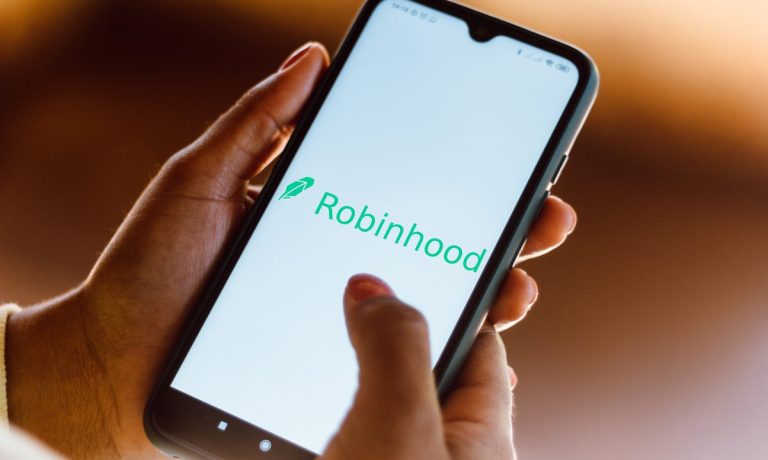
Robinhood shares closed out their first day of trading on the Nasdaq down over 8 percent, CNBC reported. This comes after the company priced at the bottom end of its initial public offering (IPO) range.
The brokerage began trading at $38 per share, which was near the lower end of its range. The company was thus valued at $32 billion, according to CNBC.
But after falling up to 10 percent, shares of Robinhood ended the trading day at $34.82, and the company’s market capitalization sat at around $29 billion, CNBC reported.
Robinhood is an anomaly amid the other recent IPOs in that it turned a profit in 2020 and generated a net income of $7.45 million on net revenue of $959 million in 2020, according to CNBC. That was set against a loss of $107 million on revenue of $278 million from 2019.
Robinhood was established in 2013, and its approach to free trading made the brokerage industry get rid of commissions on retail trading, CNBC reported. That led to swathes of new traders able to access the stock market.
With the pandemic, more younger users had the opportunity to experiment with stocks. This rose to a fever pitch early in 2021, as a spate of day traders rallied around meme stocks.
Robinhood reserved 20 percent to 35 percent of its IPO shares for its own clients. It had 21.3 million monthly active users by the conclusion of June, in contrast to 11.7 million at December’s conclusion.
PYMNTS previously reported that Robinhood’s S-1 with the Securities and Exchange Commission (SEC) showed that the platform model has attracted younger investors and digital currency enthusiasts.
As of the conclusion of March of this year, the firm noted in its filing, there were 18 million net cumulative funded accounts on the Robinhood platform, marking a 151 percent jump from last year.
Robinhood also noted that 80 percent of the new accounts opened through last year and in 2021’s Q1 came from the Robinhood Referral program.